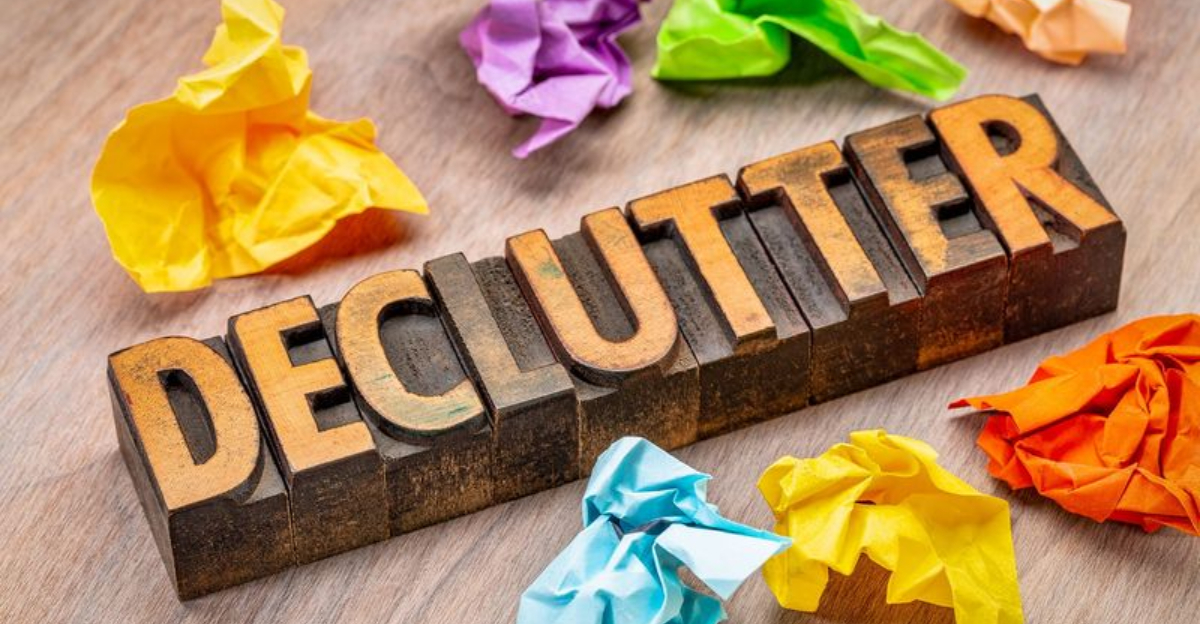Decluttering can feel like a breath of fresh air, transforming your space from chaotic to calm. But wait! Before you toss that box of seemingly random items, make sure you’re making smart decisions about what stays and what goes.
Following these guidelines will help you declutter confidently without those dreaded moments of regret later.
1. The Disappearing Act Test
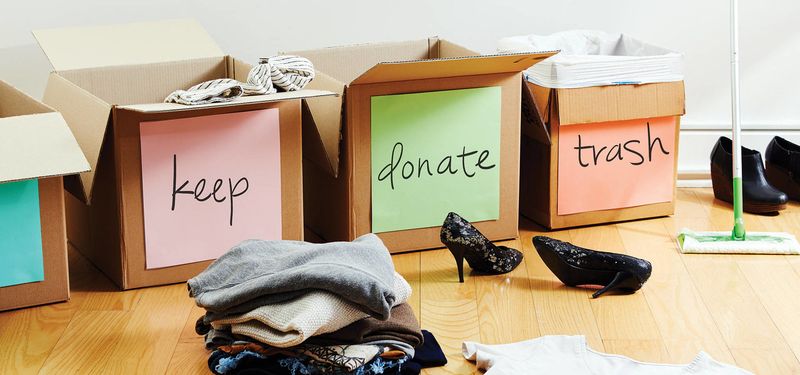
Imagine the item has vanished overnight. Would you even notice its absence? If days or weeks would pass without you reaching for it or thinking about it, you likely don’t need it.
Many belongings silently occupy our spaces without serving any real purpose. Conducting this mental exercise helps identify what truly matters versus what’s just taking up valuable real estate in your home.
2. Memory Lane Checkpoint
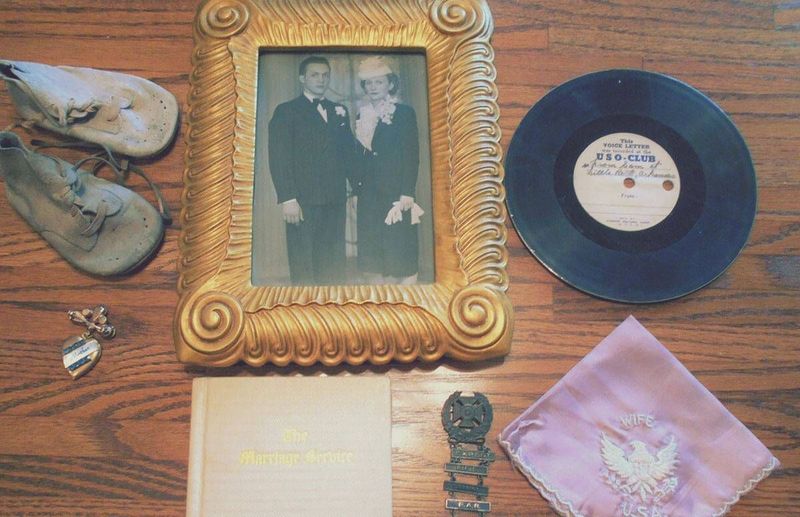
Sentimental value deserves special consideration. Ask yourself if the memory lives in the item itself or in your heart. Photos of meaningful objects can preserve memories without preserving clutter.
Often we cling to physical items as memory anchors when we don’t actually need the object to keep the memory alive. Consider whether the joy comes from remembering or from owning the physical item.
3. Repurpose Potential

Could that old ladder become a bookshelf? Might those mason jars work as organizing containers? Before discarding, consider if an item has hidden potential in a completely different role.
Upcycling not only reduces waste but also sparks creativity. A quick internet search might reveal brilliant new uses for items you were about to toss, saving money and adding unique character to your space.
4. Buy-It-Again Value
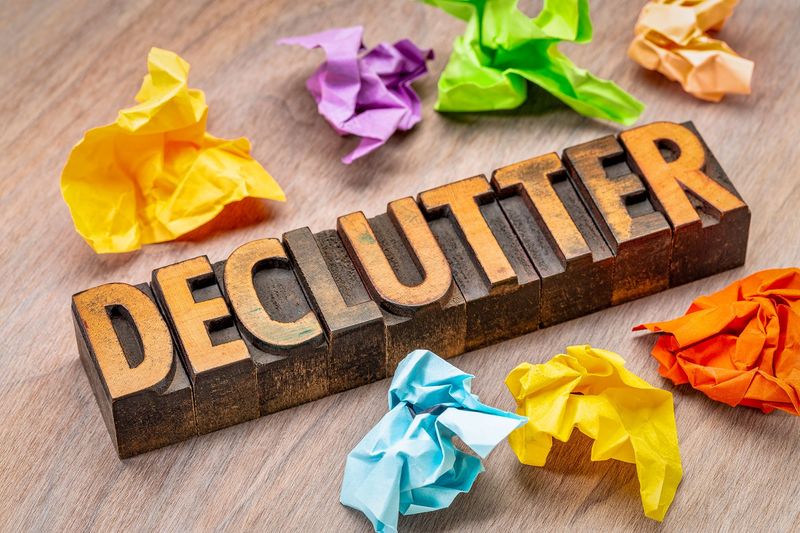
Would you spend money on this exact item today? If your answer is a hesitant “no,” you’ve found your answer. Current values should guide keeping decisions, not past purchasing choices.
We often keep things simply because we spent money on them. By focusing on whether the item aligns with your current needs and preferences, you’ll make more honest decluttering decisions.
5. Lifestyle Alignment
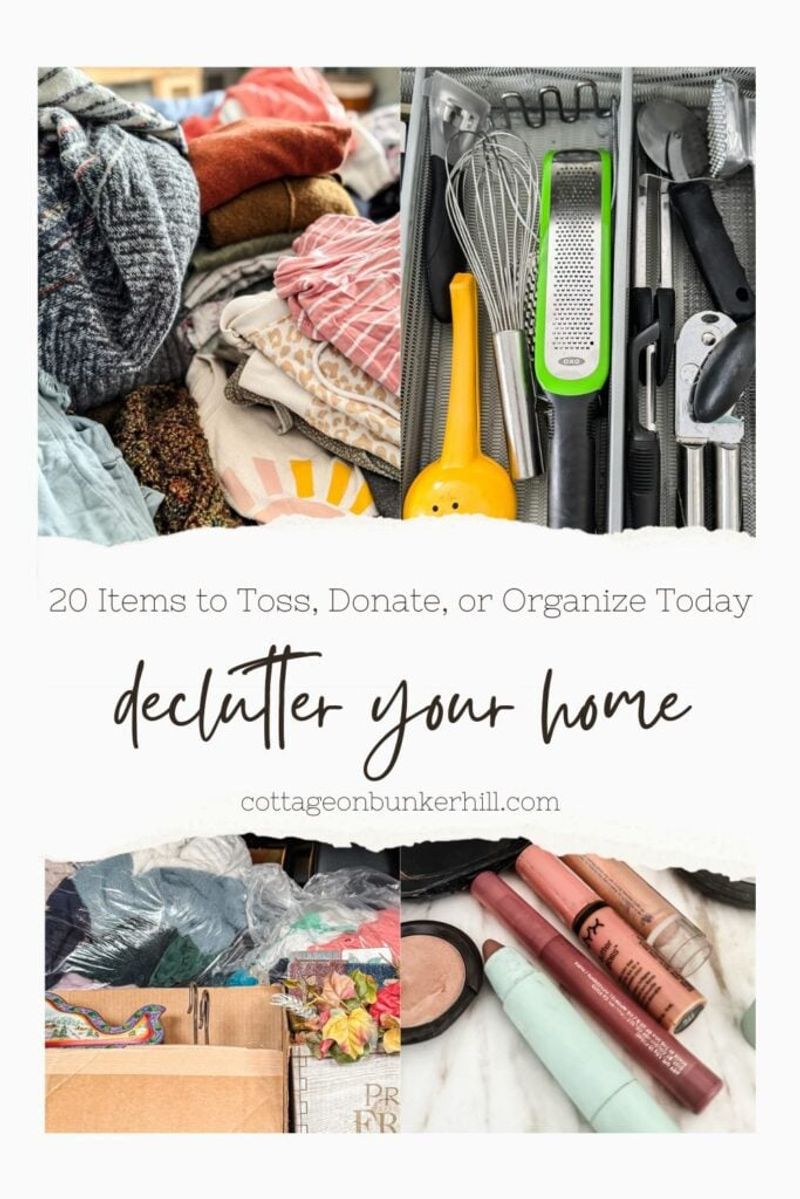
Does the item match how you actually live today—not how you used to live or aspire to live? Marathon medals make sense for runners; specialty bakeware belongs with active bakers.
Aspirational items often create the most clutter. Letting go of things that don’t fit your current lifestyle creates space for who you are now, not who you once were or someday might become.
6. Rarity Factor
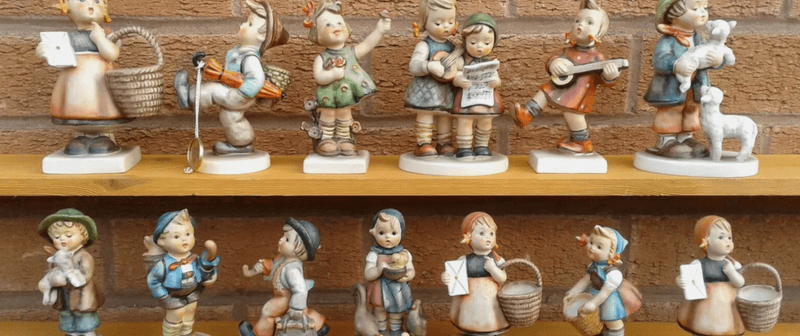
One-of-a-kind or difficult-to-replace items deserve extra thought. Vintage family photos, heirloom jewelry, or rare collectibles might warrant keeping even if they don’t serve immediate practical purposes.
Ask whether the item is truly irreplaceable or just seems that way. Sometimes what feels rare is actually readily available if needed again in the future.
7. Guilt-Driven Keeping
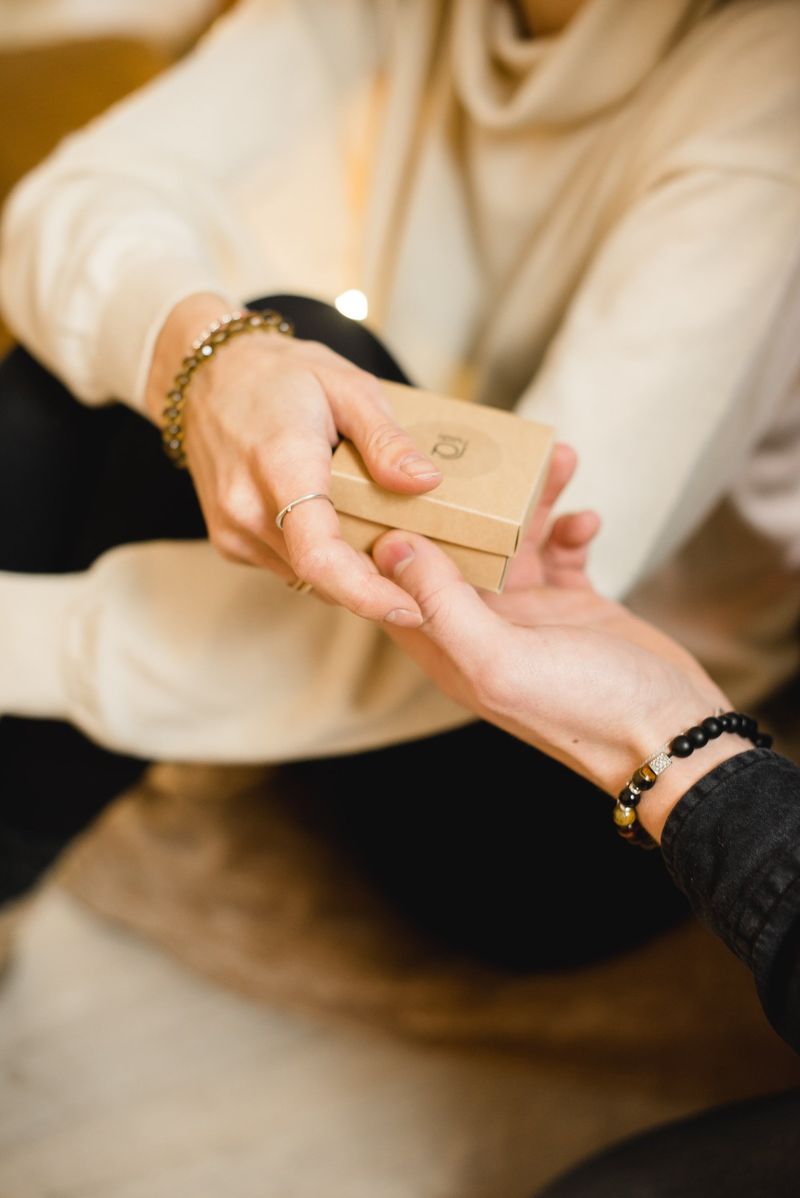
Are you keeping something solely because it was a gift or because someone important gave it to you? Guilt makes for crowded closets and cluttered drawers.
Remember that the sentiment behind a gift doesn’t require keeping the physical item forever. The giver wanted to bring you joy, not burden. If it’s not serving you, let it go with gratitude for the thought.
8. Functionality First
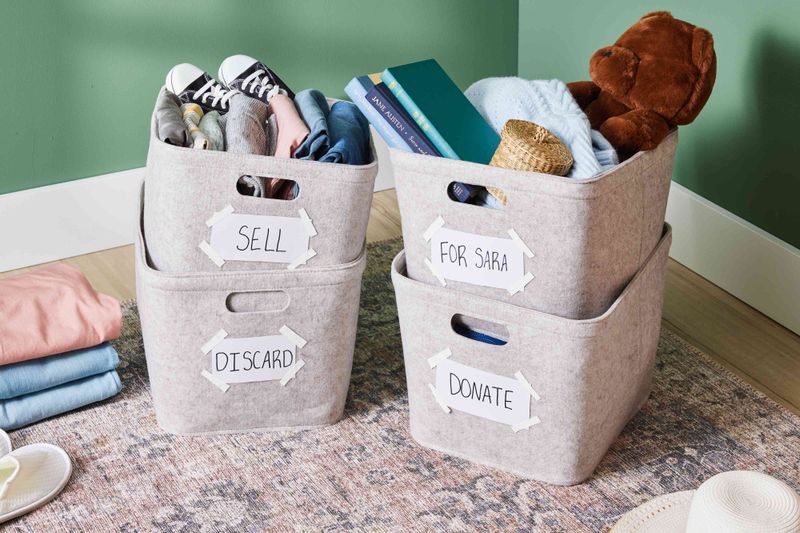
Broken items awaiting repair deserve honest assessment. How long has it been broken? What’s the likelihood you’ll actually fix it? Damaged goods often linger far longer than they should.
Set a deadline—if you haven’t fixed it within a month, it’s probably time to say goodbye. For expensive items, weigh repair costs against replacement before deciding.
9. Perpetual “Someday” Item
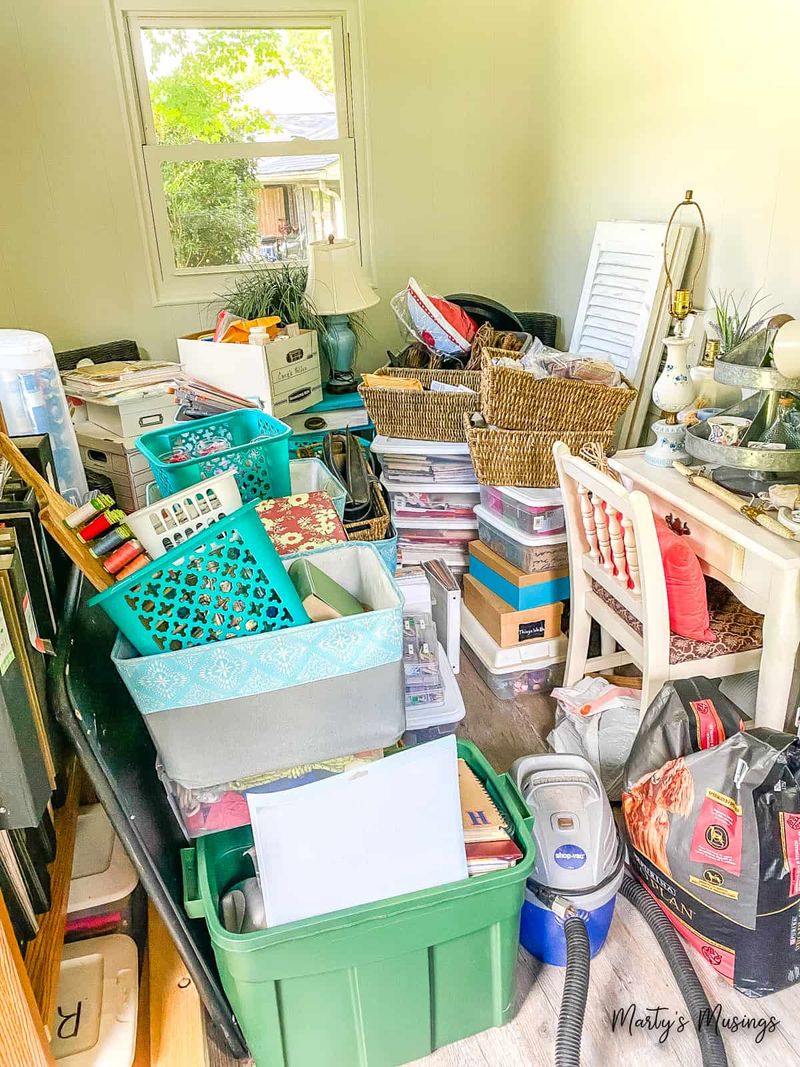
How long have you been saying you’ll use that bread maker or finish that project? Items waiting for “someday” often become permanent fixtures without ever fulfilling their purpose.
Be realistic about your interests and available time. If you’ve been postponing using something for over a year, chances are good that “someday” isn’t coming. Free yourself from these unfulfilled obligations.
10. Backup Overload
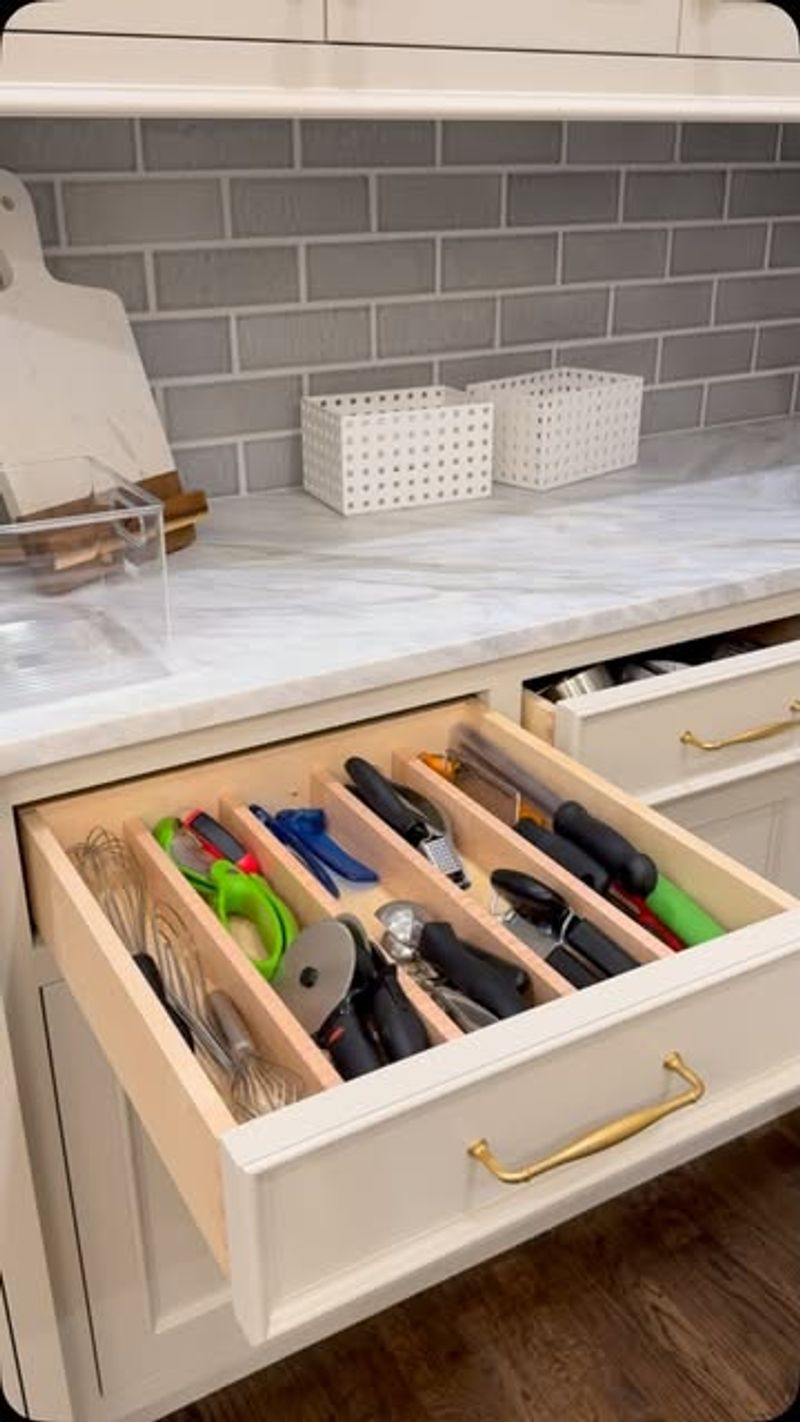
Having spares makes sense—to a point. Multiple umbrellas, dozens of pens, or five can openers cross into excess territory. Count how many duplicates you actually have before deciding what stays.
One backup is usually sufficient to declutter everyday items. For consumables like toiletries, consider your storage space and how quickly you use them before stockpiling. Balance preparedness with practicality.
11. Space vs. Value
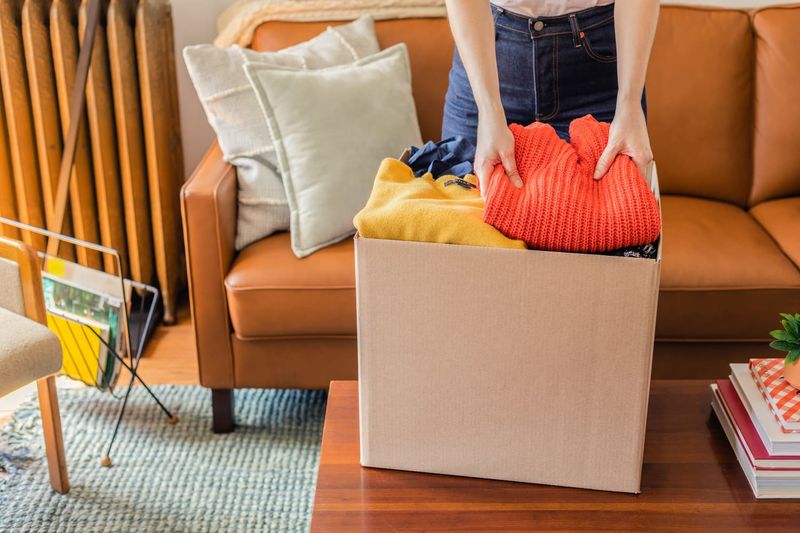
Calculate the real estate an item occupies against its usefulness. Bulky items should earn their keep through frequent use or significant value—otherwise, they’re just expensive space-wasters.
That exercise equipment gathering dust might represent hundreds of dollars in wasted space annually. Is the potential future use worth that ongoing cost?
12. Joy or Burden?

Does looking at the item make you smile or sigh? Your immediate emotional response provides valuable insight. Items that bring genuine happiness deserve priority over those that trigger stress or negative memories.
Our homes should support our wellbeing. If something consistently drags down your mood or energy when you see it, that’s a strong indicator it doesn’t belong in your space anymore.
13. Better Off Elsewhere
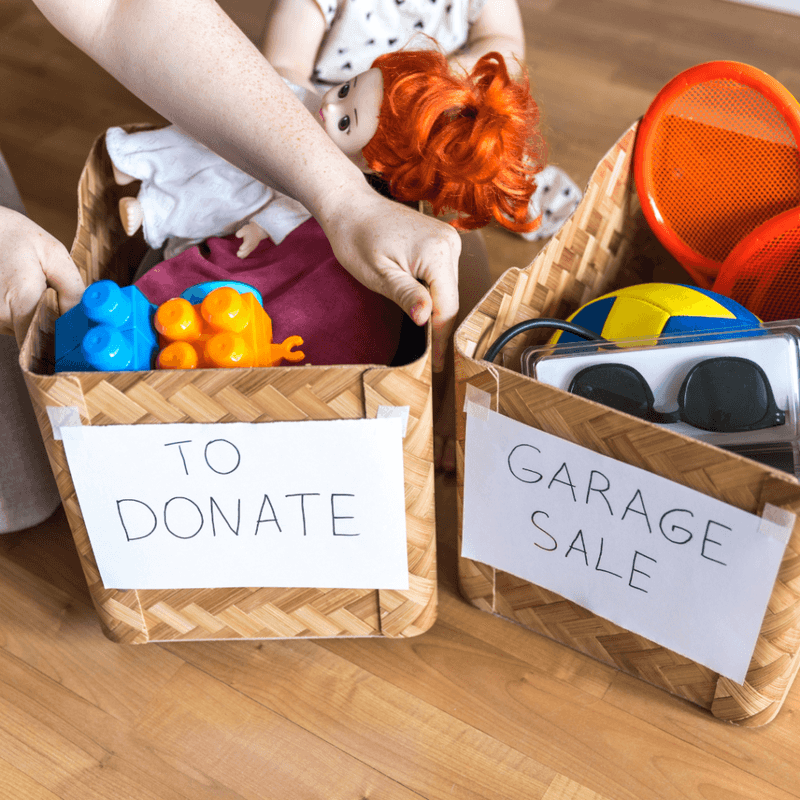
Sometimes perfectly good items simply belong somewhere else. The professional clothes you no longer need could help someone entering the workforce. Children’s books could delight new young readers.
Knowing your discarded items will find good homes often makes parting easier. Research local charities that align with your values, and transform decluttering into an act of community support.
14. Incomplete Commitments
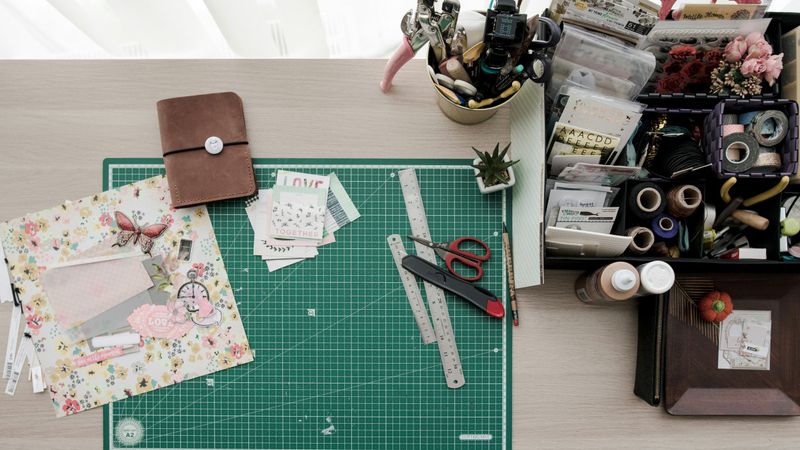
Half-finished projects represent mental and physical clutter. Evaluate honestly: will you complete this project, or is it time to release both the materials and the obligation?
Unfinished business drains energy even when hidden in closets. By deciding to either schedule completion time or let go completely, you’ll free up both physical space and mental bandwidth for things that truly matter.
15. Price Tag Attachment

Ever keep something just because it was expensive? That’s the sunk cost fallacy at work. What matters isn’t what you paid then, but what value it brings now.
Money spent is already gone whether you keep the item or not. Focus instead on the future—keeping something unused doesn’t recover your investment, it just continues to cost you in space and mental burden.
16. Style Mismatch
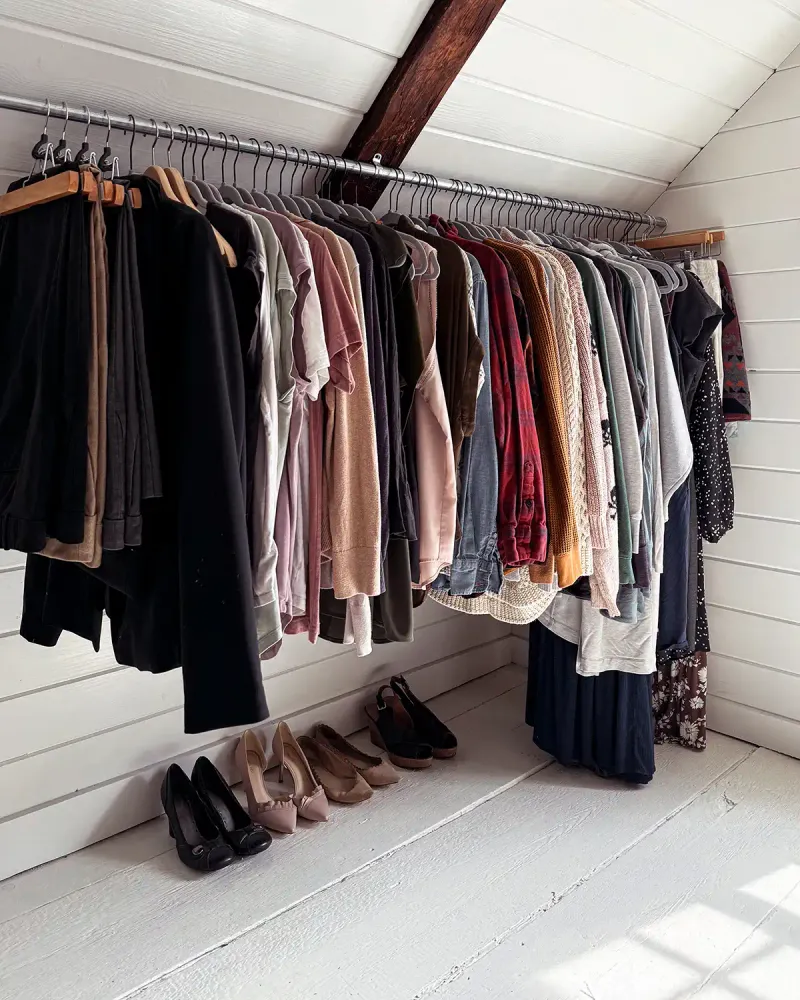
Fashion and home décor evolve, and so do personal tastes. If something no longer reflects your current style, it’s okay to thank it for its service and move on.
Keeping outdated items that clash with your current aesthetic creates visual discord in your space. Your environment should reflect who you are today, not who you were five or ten years ago.
17. Future Regret Test
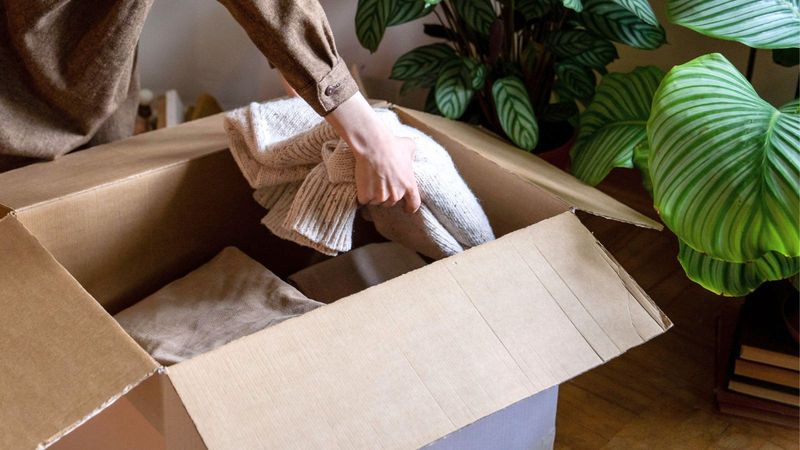
Picture yourself six months from now. Would you likely regret discarding this item, or would you have forgotten about it entirely? Be honest about which category it falls into.
For truly borderline items, try the box method—pack them away with a date. If you haven’t needed to retrieve them by that date, you can confidently let them go without opening the box again.

